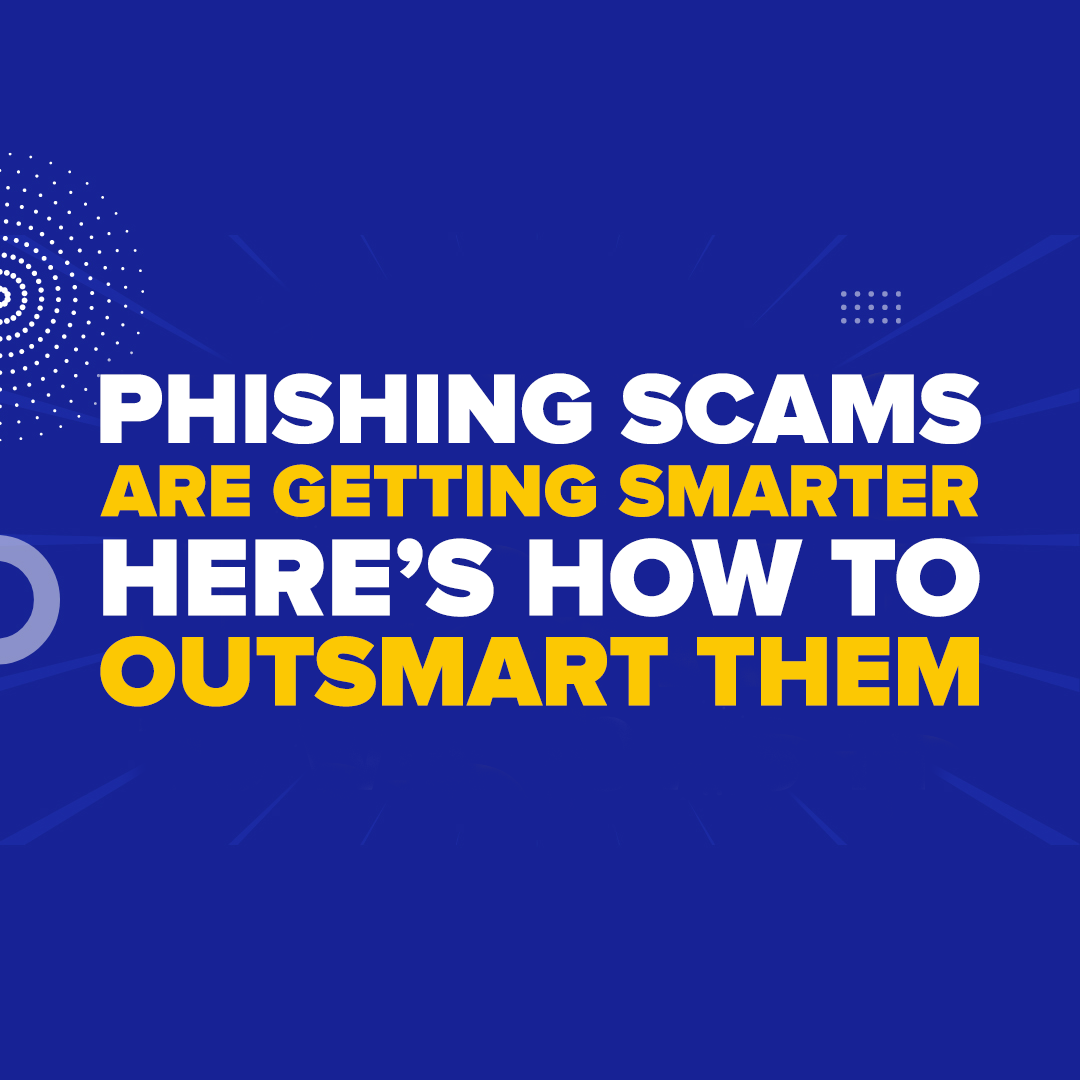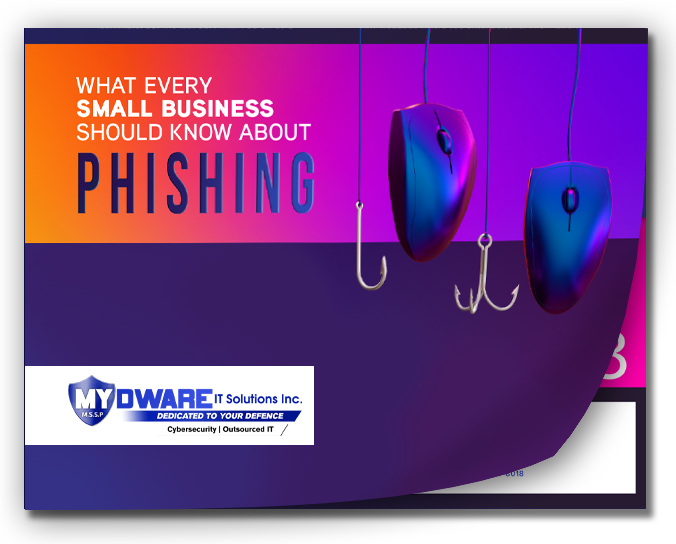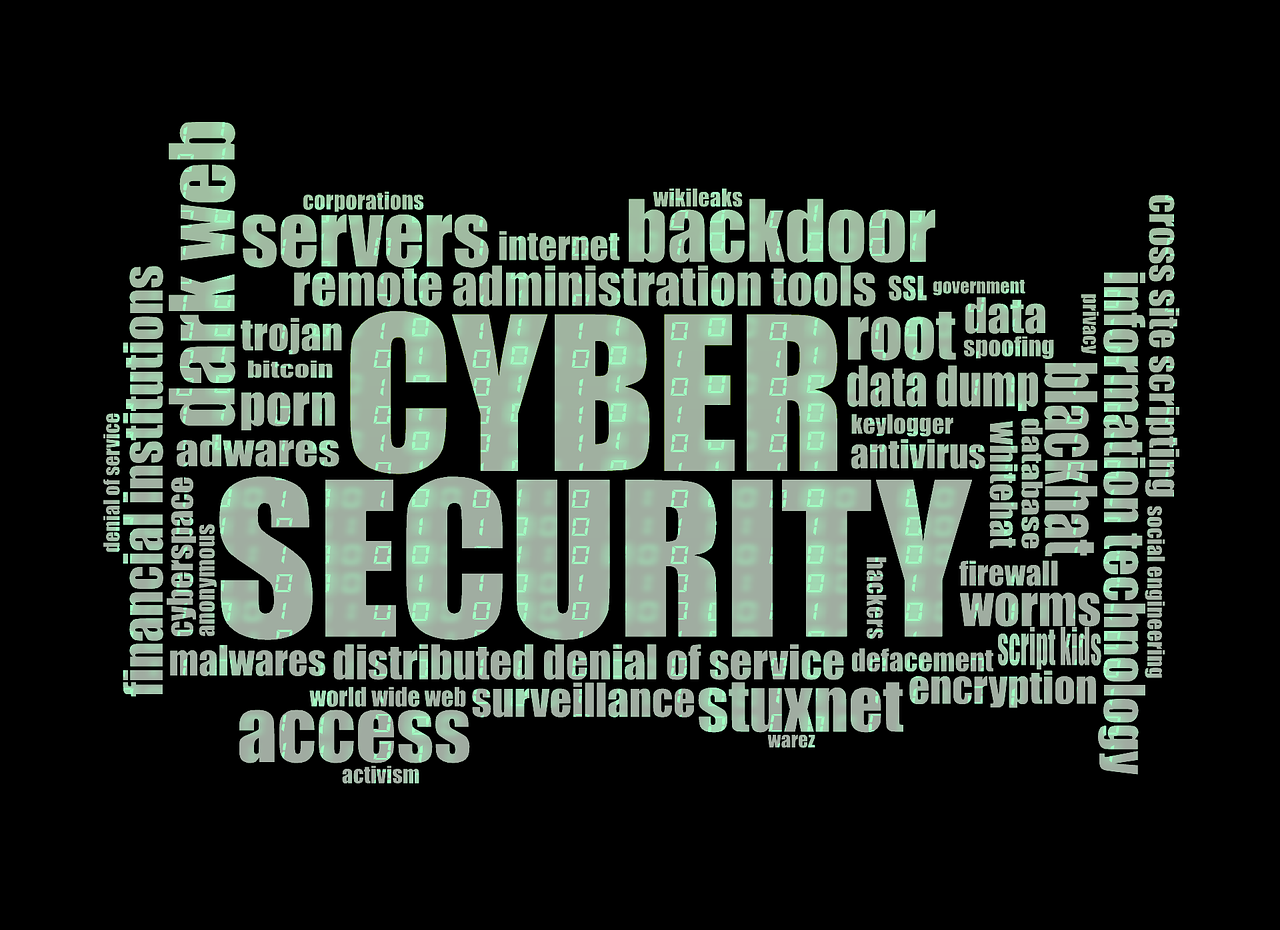 Phishing scams are becoming more advanced and deceptive by the day. While it may seem easy to spot a fraudulent email or message, modern phishing attacks can mimic legitimate communications, making them hard to detect. As a business owner or decision-maker, it's essential to understand how these scams work and take proactive steps to defend your organization.
Phishing scams are becoming more advanced and deceptive by the day. While it may seem easy to spot a fraudulent email or message, modern phishing attacks can mimic legitimate communications, making them hard to detect. As a business owner or decision-maker, it's essential to understand how these scams work and take proactive steps to defend your organization.
In this guide, we'll break down the most common types of phishing scams and provide practical strategies to safeguard your business.
What is Phishing?
Phishing is a type of cyberattack where criminals impersonate trusted sources to steal sensitive information like passwords, credit card details, or business data. These scams can arrive in various forms, such as emails, text messages, or phone calls, all aiming to trick victims into sharing confidential information.
2 Reasons Why Modern Phishing Scams Are Harder to Detect
Phishing scams are getting more sophisticated, making them harder to spot. Here are 2 key reasons why modern phishing attacks are more challenging to detect.
1. The Misconception of Easy Detection
Many assume they can easily spot phishing scams due to tell-tale signs like poor grammar or suspicious links. However, phishing techniques have evolved. Cybercriminals now use advanced technologies like AI to craft emails and messages that closely resemble those from legitimate businesses. These deceptive tactics make it harder for even tech-savvy individuals to recognize a phishing attempt.
Also, here’s an overpowered phishing attack that is being abused by hackers, if you want to learn more, click here.
2. Sophisticated Tactics and Targeting
Today’s phishing attacks use authentic-looking branding, logos, and language that mimic real companies. This level of sophistication means that phishing scams can fool even well-trained employees or executives, leading to severe breaches in company security.
7 Types of Phishing Scams You Should Know
Here are seven common phishing scams that can put your business at risk. Understanding these tactics can help you stay one step ahead of cybercriminals.
1. Email Phishing
The most common type of phishing involves fraudulent emails that appear to be from trusted organizations like banks or service providers. These emails often direct users to fake websites designed to steal personal data.
2. Spear Phishing
This targeted form of phishing is aimed at specific individuals or companies. Attackers gather detailed information on their targets to create personalized messages that appear genuine, making them more effective at bypassing security filters.
3. Whaling
Whaling targets high-profile individuals, such as CEOs and executives, with the goal of obtaining confidential information or financial authorizations. These attacks are meticulously crafted and can have significant consequences for businesses.
4. Smishing (SMS Phishing)
Smishing involves sending phishing messages via SMS or text. These messages often contain links to malicious websites or request personal information by prompting the recipient to respond.
5. Vishing (Voice Phishing)
Vishing attacks use phone calls where scammers pose as legitimate entities, such as banks or customer service agents, to collect sensitive information over the phone.
6. Clone Phishing
In clone phishing, attackers replicate a legitimate email that the recipient has previously received. They replace links or attachments with malicious versions, making it difficult to distinguish between the real and fake communication.
7. QR Code Phishing
Cybercriminals use QR codes to direct victims to phishing websites. These codes might appear in emails, posters, or flyers, and once scanned, lead to malicious sites designed to steal information.
If you want to learn how to INSTANT identify phishing scam, click here to learn more.
5 Ways How to Protect Your Business from Phishing Scams
Here are five effective strategies to safeguard your business from phishing scams and keep your sensitive information secure.
1. Employee Training and Simulations
Train your employees regularly on how to identify phishing attempts. Simulated phishing exercises can also help them practice spotting potential threats in real-world scenarios.
You can take our free online training at our website—just fill out the form or call us!
2. Email Filtering Solutions
Advanced email filtering systems can help detect and block phishing emails before they reach your employees' inboxes.
3. Multi-Factor Authentication (MFA)
Implement MFA on all company accounts. Even if a password is compromised, MFA adds an additional layer of protection by requiring a second form of verification.
4. Keep Systems Updated
Ensure that all software, hardware, and security systems are regularly updated with the latest security patches. This reduces vulnerabilities that cybercriminals could exploit.
5. Use Firewalls and Antivirus Software
Invest in robust firewalls, antivirus programs, and intrusion detection systems to guard against unauthorized access and other cyber threats.
If you’re using FREE antivirus for your business—it's a BAD idea. Here are 3 reasons why free antivirus could cost you everything (including your business).
Partner with Experts for Better Security
Phishing scams are evolving rapidly, and staying ahead of them requires continuous education and advanced security measures. At MYDWARE IT Solutions, we specialize in helping businesses strengthen their cybersecurity defenses. Our team can assess your current systems and develop a strategy to protect your organization from phishing and other online threats. Contact us today to learn more—but if you feel like your business is in danger, you can take our FREE Cybersecurity Risk Assessment NOW!
Darryl Cresswell
CEO & President
MYDWARE IT Solutions Inc.




